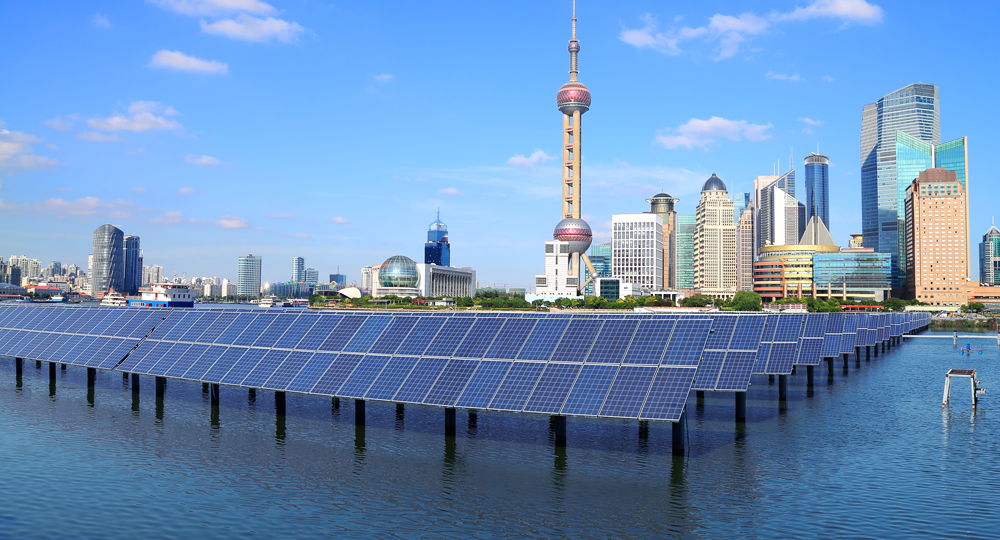
Introduction
Solar power is a crucial element of sustainable energy solutions, offering numerous benefits for the environment and the economy. This article explores the world of solar-powered landmarks, examining their significance and impact. By harnessing the power of the sun, these landmarks showcase the potential of renewable energy in iconic structures worldwide.
Historical Background
Solar power has been utilized in landmarks throughout history, although on a smaller scale. However, advancements in solar technology have revolutionized the integration of solar power in landmark projects. This section highlights the evolution of solar technology and its impact on iconic structures. Additionally, notable past solar-powered landmarks are examined, showcasing the progress made in utilizing solar energy.
Key Concepts and Definitions
Understanding the key concepts related to solar power is crucial to appreciating the significance of solar-powered landmarks. This section provides an explanation of how solar power works, along with a definition of solar-powered landmarks. Key terms such as photovoltaic cells, solar panels, and net metering are introduced, enabling readers to grasp the technical aspects of solar energy.
Main Discussion Points
Exploration of the World’s Largest Solar-Powered Landmarks
The world’s largest solar-powered landmarks are architectural marvels that seamlessly integrate sustainable energy solutions. These landmarks, such as the Great Wall of China and Masdar City in the United Arab Emirates, boast extensive solar power systems.
The solar power systems in these landmarks can generate significant amounts of clean energy, reducing reliance on non-renewable sources. The capacity of these systems showcases the immense potential of solar energy in landmark projects.
Utilizing solar power in landmarks has multifaceted benefits. Not only do these solar-powered landmarks contribute to reducing carbon emissions, but they also serve as beacons of sustainability, inspiring others to adopt renewable energy solutions.
Showcase of Iconic Solar-Powered Landmarks
Iconic landmarks that incorporate solar power into their design exemplify the harmonious integration of technology and aesthetics. For instance, the Sydney Opera House in Australia elegantly incorporates solar panels into its sails, maximizing energy generation while preserving its iconic architectural beauty.
These solar-powered landmarks play a crucial role in promoting solar energy by capturing the public’s attention and raising awareness. By merging functionality and artistry, these landmarks serve as powerful symbols of sustainable living.
Discussion on Innovative Solar-Powered Landmarks
Innovative solar-powered landmarks push the boundaries of technological advancements. Examples include the Solar Tree in Barcelona, Spain, which features a canopy of solar panels that generate energy while providing shade for pedestrians.
These landmarks showcase cutting-edge solar technologies, demonstrating the versatility and potential of solar power applications. By embracing innovation, these landmarks pave the way for future advancements in renewable energy.
The Role of Solar-Powered Landmarks in Promoting Renewable Energy
Solar-powered landmarks have a profound influence on public awareness and perception of solar energy. By showcasing the practicality and benefits of solar power, these landmarks inspire individuals and communities to adopt renewable energy solutions.
Moreover, these landmarks have the potential to inspire cities and countries worldwide to follow suit and embrace solar power. By setting an example, solar-powered landmarks can spearhead a global shift towards sustainable development.
Case Studies or Examples
Case Study 1: The Burj Khalifa, Dubai, UAE
The Burj Khalifa, the tallest building in the world, incorporates a sophisticated solar power system. Its solar panels harness the abundant sunlight in Dubai, contributing to the building’s energy requirements.
The integration of solar power in the Burj Khalifa has resulted in significant environmental benefits, including reduced carbon emissions and energy savings.
Case Study 2: The Solar Ark, Gifu, Japan
The Solar Ark in Gifu, Japan, boasts a unique architectural design comprising a curving wall covered with solar panels. This design serves as a symbolic representation of the country’s commitment to renewable energy.
The Solar Ark raises awareness about solar energy in Japan, showcasing the potential for solar power systems to be integrated into various buildings and structures.
Current Trends or Developments
The increasing use of solar power in landmarks globally is a notable trend, as more cities recognize the benefits of renewable energy. Landmark projects worldwide are incorporating solar power systems as a sustainable energy solution.
Advances in solar technology, such as more efficient photovoltaic cells and improved storage systems, have expanded the possibilities for integrating solar power into landmark designs.
Research findings continue to highlight the efficiency and reliability of solar-powered landmarks, encouraging further exploration and adoption of renewable energy solutions.
Challenges or Controversies
It is important to address potential limitations when integrating solar power into landmarks. Factors such as variable weather conditions and limited space can pose challenges to the efficiency and reliability of solar power systems.
The cost-effectiveness and long-term sustainability of solar-powered landmarks are often subjects of debate. However, advancements in technology and economies of scale are gradually making solar power more financially viable.
Controversies surrounding the aesthetic impact of solar panels on historic landmarks need to be considered. Striking a balance between preserving architectural heritage and harnessing the potential of solar energy is crucial in landmark integration.
Future Outlook
The future growth and expansion of solar-powered landmarks are promising, with increasing global awareness of the importance of renewable energy.
Solar-powered landmarks have the potential to become mainstream in urban development, as more cities prioritize sustainability and embrace solar power as a viable energy source.
Predictions on advancements in solar technology, including more efficient solar panels and energy storage solutions, will continue to shape landmark designs and drive the adoption of solar power worldwide.
Conclusion
In summary, solar-powered landmarks exemplify the potential of renewable energy in shaping a sustainable future. These landmarks not only generate clean energy but also raise awareness and inspire society to embrace solar power. By highlighting successes, addressing challenges, and exploring future possibilities, the significance and potential of solar-powered landmarks are reinforced.